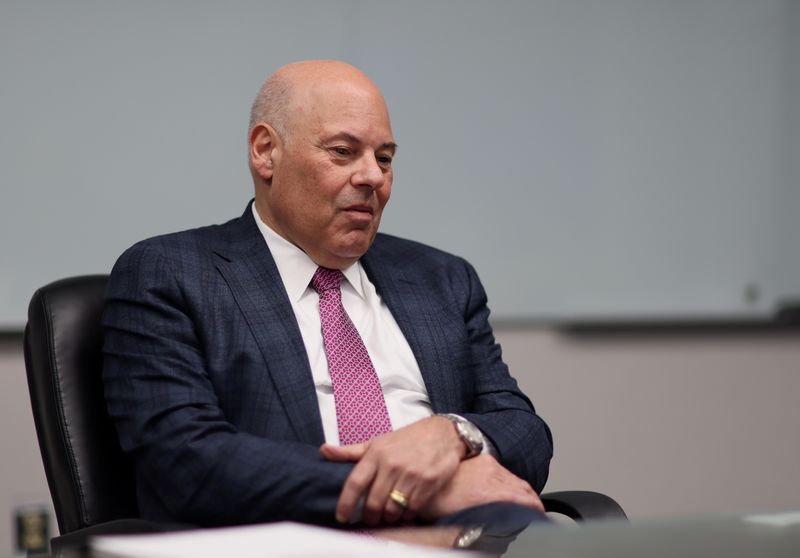By David Shepardson
WASHINGTON (Reuters) -The chair of a U.S. House of Representatives committee on Tuesday asked Postmaster General Louis DeJoy to detail how the Postal Service (USPS) will spend $3 billion awarded by Congress in August for electric vehicles and charging infrastructure.
In a letter seen by Reuters, Representative Carolyn Maloney, chair of the House Oversight and Reform Committee, asked DeJoy for "a detailed plan and timeline to use the $3 billion in funding provided in the Inflation Reduction Act to increase the number of electric (delivery vehicles) being purchased and necessary support infrastructure."
USPS said it is reviewing Maloney’s letter and will respond directly. This month, USPS told Reuters it was working "to evaluate vehicle mix and purchase capability in shorter intervals as technology evolves and the organization’s financial and operational picture improve."
Maloney's letter also seeks a detailed plan and timeline from USPS on how it "will work with the Department of Transportation and state governments to become part of the national public-facing charging network."
In August, 17 state attorneys general urged USPS to halt planned purchases of gasoline-powered delivery vehicles pending a new environmental review.
In July, USPS said it would buy at least 25,000 electric delivery vehicles - more than twice its prior estimate - to replace its aging fleet.
In April, 16 states, four environmental groups and the United Auto Workers union filed lawsuits to block USPS from buying mostly gasoline-powered next-generation delivery vehicles under a contract with Oshkosh (NYSE:OSK) Defense worth at least $2.98 billion.
The White House and Environmental Protection Agency also asked USPS to reconsider, as did many lawmakers.

USPS is proposing to significantly boost EV purchases, proposing to buy at least 25,000 EVs out of its initial order of 50,000 delivery vehicles from Oshkosh, up from its prior plan to buy at least 10,019 EVs.
USPS in July said it also plans to buy more than 34,500 commercial off-the-shelf delivery vehicles over two years. Up to 20,000 could be EVs and 14,500 were expected to be gasoline-powered.